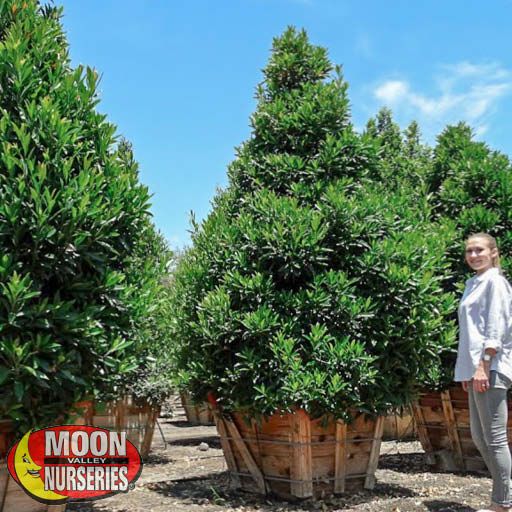japanese blueberry tree problems
It will do best in fertile well-drained soils in USDA growing zones eight through 10. Situate Japanese blueberry trees in full sun for the best growth and health.

Japanese Blueberry Tree Blueberry Tree Backyard Trees Landscaping Plants
Japanese blueberry trees have a moderate to slow growth rate.

. Two primary reasons cause Iron deficiency in your Japanese Blueberry trees. This allows tree owners to prune and shape the tree however they want. The Japanese blueberry tree Elaeocarpus decipiens is a broadleaf evergreen tree capable of reaching heights of 60 feet with a spread of up to 40 feet.
Japanese Blueberry Tree Disease. The first thing to consider is the climate. Japanese blueberry trees need a warm climate to thrive.
The tree is characterized by small. The first is a lack of iron in the soil. Leaf rust is caused by the fungus Naohidemyces vaccinii.
This tree is easy to care for and a fantastic choice for beginners that want to practice topiary. Its native to South. Japanese Blueberry- Elaeocarpus Decipiens Experiences.
This allows tree owners to prune and shape the tree however they want. A Japanese blueberry column can grow to 30 feet tall and up to 20 feet in width. Japanese Blueberry trees are quite cold-hardy so I hope your tree has survived the freeze and the roots are still healthy.
Younger leaves are more vulnerable to this. The Japanese blueberry Elaeocarpus decipens is an evergreen tree that thrives in USDA hardiness zones 8 to 10. The tree is a fascinating topiary canvas allowing growers to be creative and build their yards and gardens the way they.
If the branches and leaves are dry I. The Japanese Blueberry Elaepcarpus decipiens is an evergreen tree that works well as a centerpiece in your landscape or as a privacy screen. They are native to Japan and China and.
This however is not common. The tree is a fascinating topiary canvas allowing growers to be creative and build their yards and. The tree is a fascinating topiary canvas allowing growers to be creative and build their yards and gardens the way they.
If you live in an area with cold winters its best to wait until spring or summer. Below is a summary of the Japanese blueberry trees pros and cons. However they follow a predictable timeline and can be germinated from a seed.
The Japanese Blueberry Tree scientifically known Elaeocarpus Decipiens is a medium-sized evergreen tree that can be grown in USDA zones 9A 11. The last common problem that Japanese blueberry trees experience is leaf rust. It needs constant attention as it grows to attain the column shape with pruning necessary yearly.
They suggested I post an inquiry in the Australian. I posted this message in the US Trees forum but only got one response. The more likely cause is an inadequate soil.
This allows tree owners to prune and shape the tree however they want. They can take up to three years to get.

Victoria County Master Gardener Association 2020 Nov 6

Japanese Blueberry Tree Elaeocarpus Decipiens
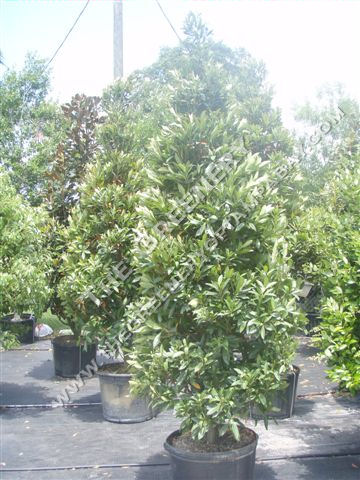
The Greenery Nursery And Garden Center

6 Japanese Blueberry Tree Problems And How To Fix Them Tree Journey

Elaeocarpus Decipiens Japanese Blueberry Plantvine
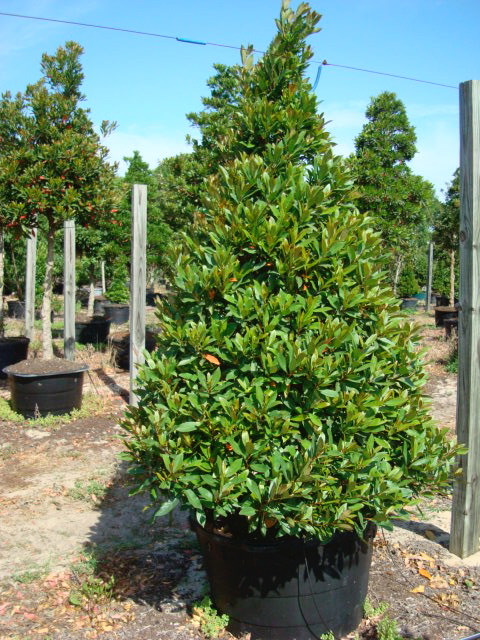
15 Gallon Eleocarpus Japanese Blueberry Empire Scapes Corp

Japanese Blueberry Tree Problems Tips On Hardy Growth

9 Reasons Your Blueberry Shrub Is Dying And How To Fix It
Japanese Blueberry Tree In The Gardens
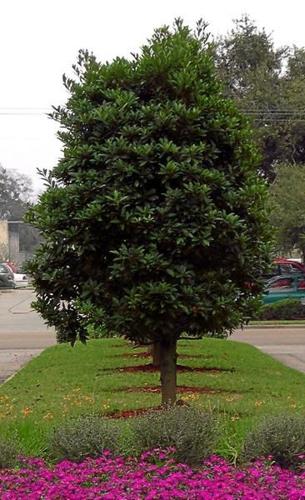
Gardeners Dirt Japanese Blueberry Tree Good Choice For Area Home And Garden Victoriaadvocate Com

Six Problems For Japanese Blueberry Plants And Best Ways To Fix Em Environment Buddy

Japanese Blueberry Tree Seems To Be Dying It Was Planted About 4 Months Ago Not Sure What To Do To Help It Added 8oz Of Bioadvanced Tree Shrub Protect Feed
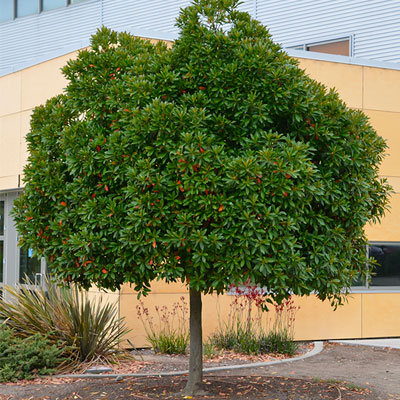
Fall Tree Give Away Altadena Heritage

Six Problems For Japanese Blueberry Plants And Best Ways To Fix Em Environment Buddy
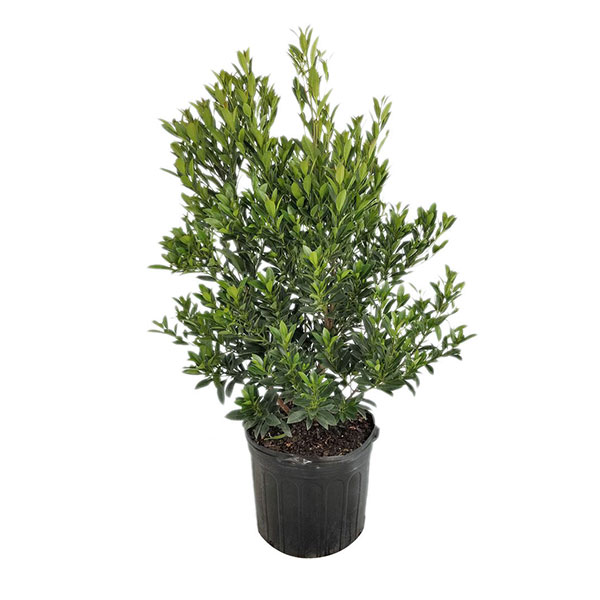
Elaeocarpus Decipiens Japanese Blueberry Plantvine

